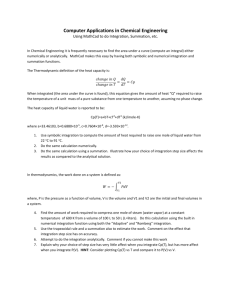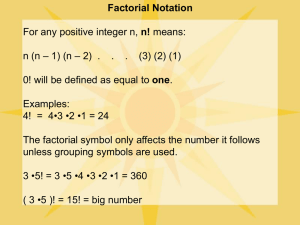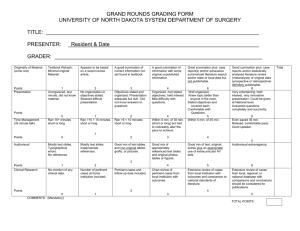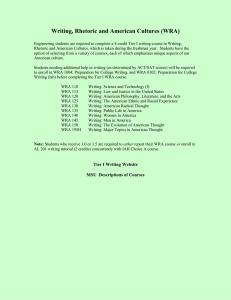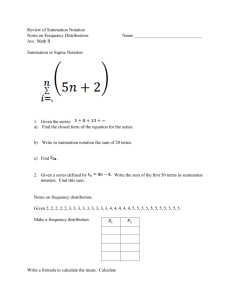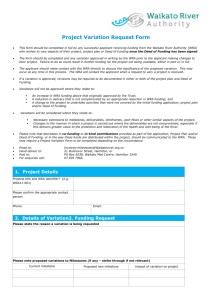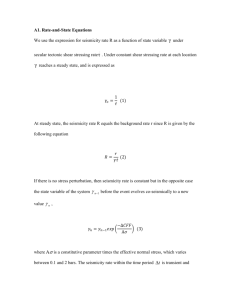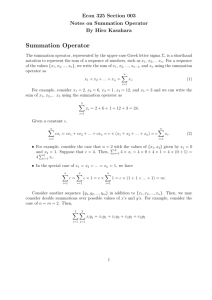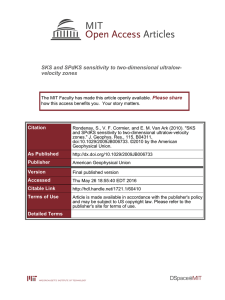ScP, ScsP, SdP, SPcP - University of Leeds
advertisement
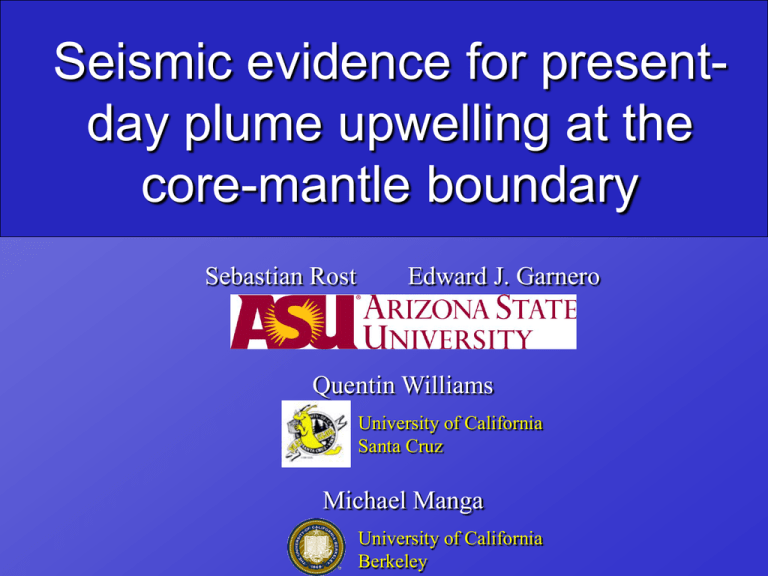
Seismic evidence for presentday plume upwelling at the core-mantle boundary Sebastian Rost Edward J. Garnero Quentin Williams University of California Santa Cruz Michael Manga University of California Berkeley ULVZ structure and detection 0.5 to 10’s km thick 10 to 30 % velocity decrease density ? CMB are probed < 50 % ULVZ evidence < 10% (of CMB area) Thorne and Garnero, 2004 waveform variations ScP waveformScP variations Using two small-scale arrays Topography from NOAA 2’ dataset WRA dataset - Tonga-Fiji seismicity - deep earthquakes - 97 earthquakes - Seismicity from: 10/1990 – 01/1998 ASAR dataset - 51 earthquakes - deep seismicity - Seismicity from: 11/1996 – 12/2000 WRA beam-trace profile WRA beam-trace profile WRA double-beam All precursor events + summation trace Precursor summation trace Non-precursor summation WRA double-beam All precursor events + summation trace Precursor summation trace Non-precursor summation ASAR beam-trace profile ScP/P waveform comparison WRA : 0.5Hz – 1.4Hz ASAR: 1Hz – 3 Hz Higher ASAR resolution gives evidence for SdP and perhaps SPcP ScP CMB sampling Tomo from Ritsema and van Heijst, 2002 ScP ULVZ evidence - ~50 by 50 km - northern boundary –24.5 - southern boundary –25.5 - some boundaries not well resolved CRZ evidence from Rost & Revenaugh, Science, 2001 Forward modeling parameter space 1D Gaussian Beam Synthetics constant layer velocity ScP, ScsP, SdP, SPcP PREM background sharp upper boundary 4 parameter grid-search Forward modeling waveforms Best fit grid-search Partial Melt Chemical Heterogeneity Data and modeling results Best-fit model properties: Thickness DVP DVS Dr : 8.5 (1) km : -10 (2.5) % : -25 (4) % : +10 (5) % DVP/ DVS indicates partially molten material ~50 by 50 km lateral extension small lateral extent raises stability questions High-frequency data indicate very sharp upper boundary sharpness < 400 m 1D modeling restrictions Data and modeling results red: lowest velocities for S20RTS green: strongest VS gradients Thorne et al., 2004 Experiment probes very slow mantle (Ritsema and van Heijst, 2002) Region of strong lateral gradient chemical heterogeneity (Thorne et al., 2004) Probably dense material at CMB (McNamara and Zhong, 2004) Preferred physical model 5 to 30 vol.% melt no spreading along CMB trapped intercumulus liquid incompatible-element enriched liquid crystals are initially overgrown and trap residual requires large overlying thermal anomaly downward percolation of melt correlation to dynamic instabilities/upwellings probably a fixed base for mantle upwellings Similar Tank experiment D” aspect ratio of tank experiment !! (from Jellinek and Manga, RoG, 2004) Preferred physical model 5 to 30 vol.% melt no spreading along CMB trapped intercumulus liquid requires large overlying thermal anomaly downward percolation of melt incompatible-element enriched liquid correlation to dynamic instabilities/upwellings probably a fixed base for mantle upwellings
